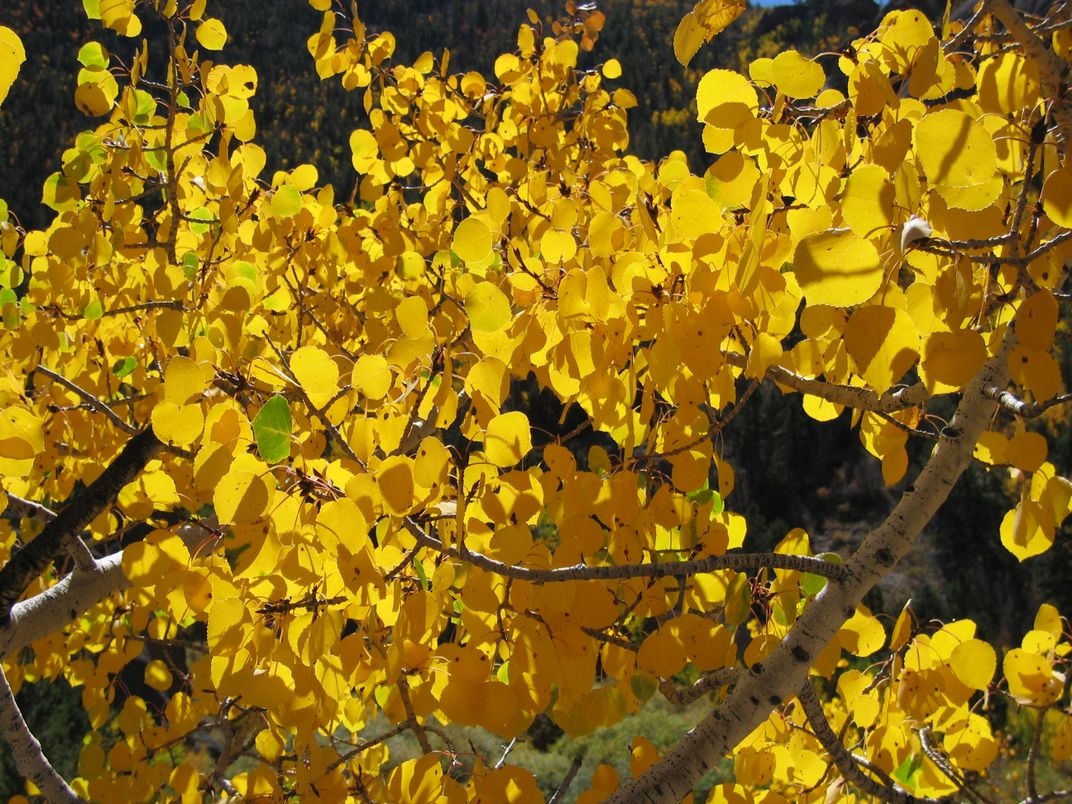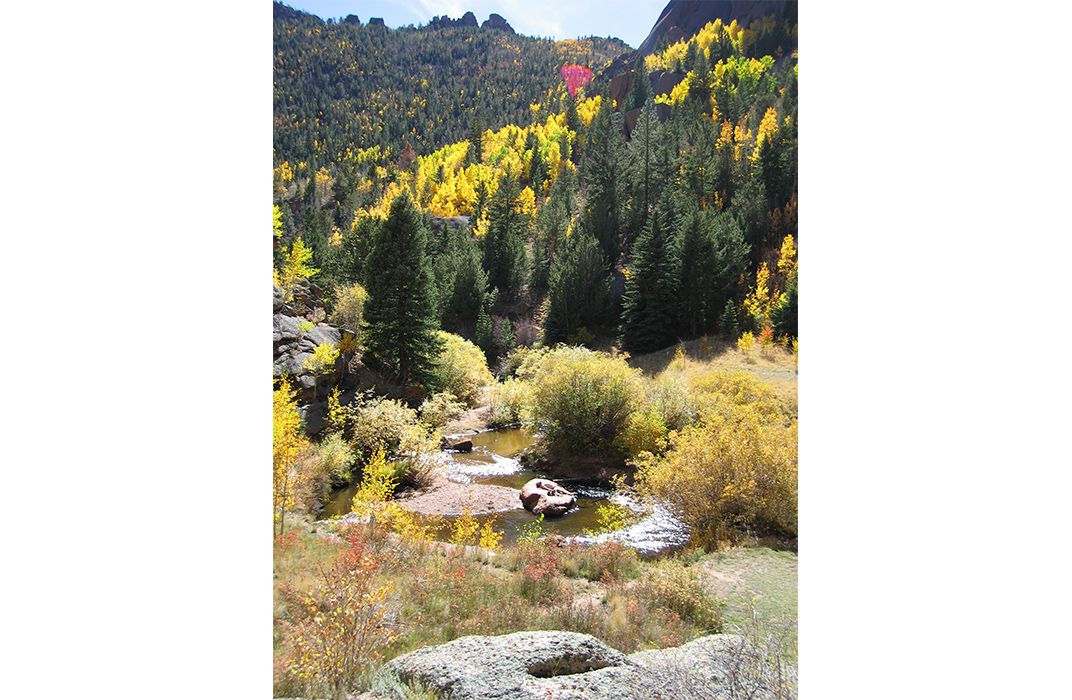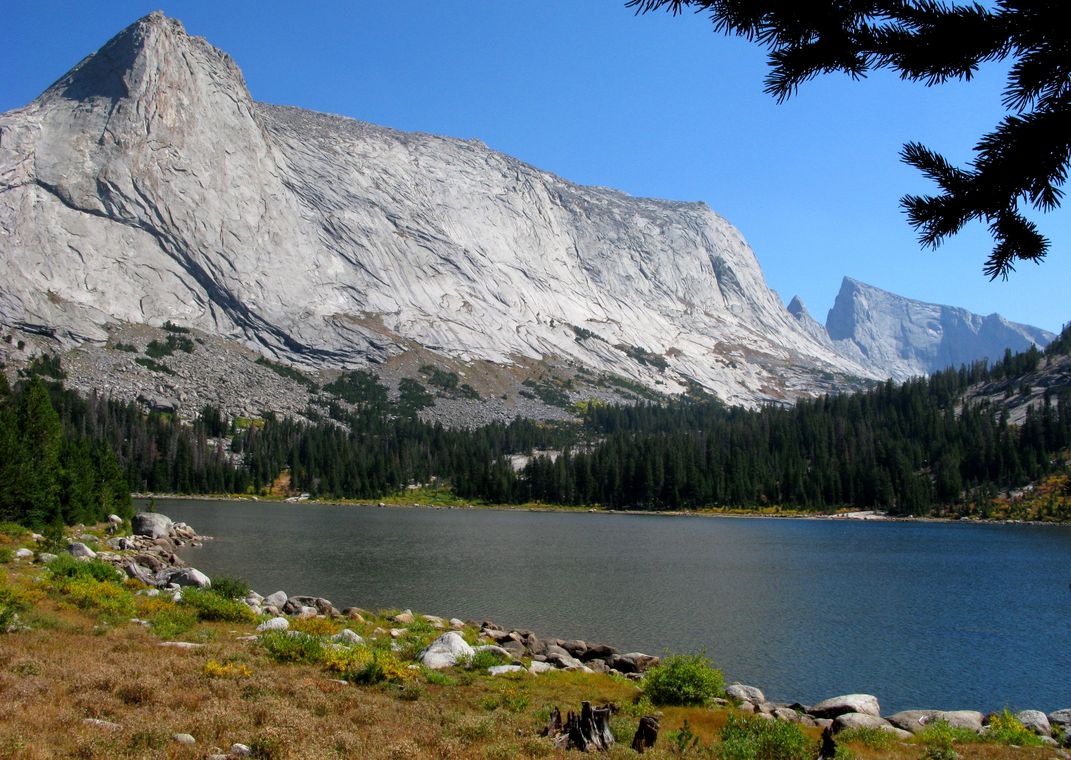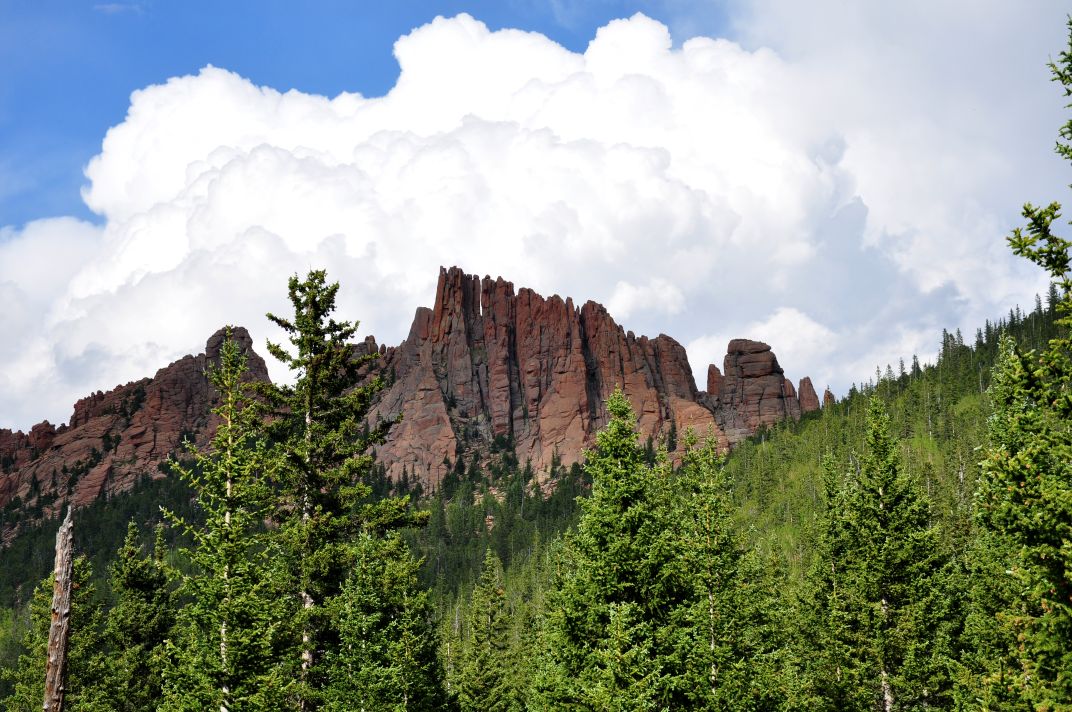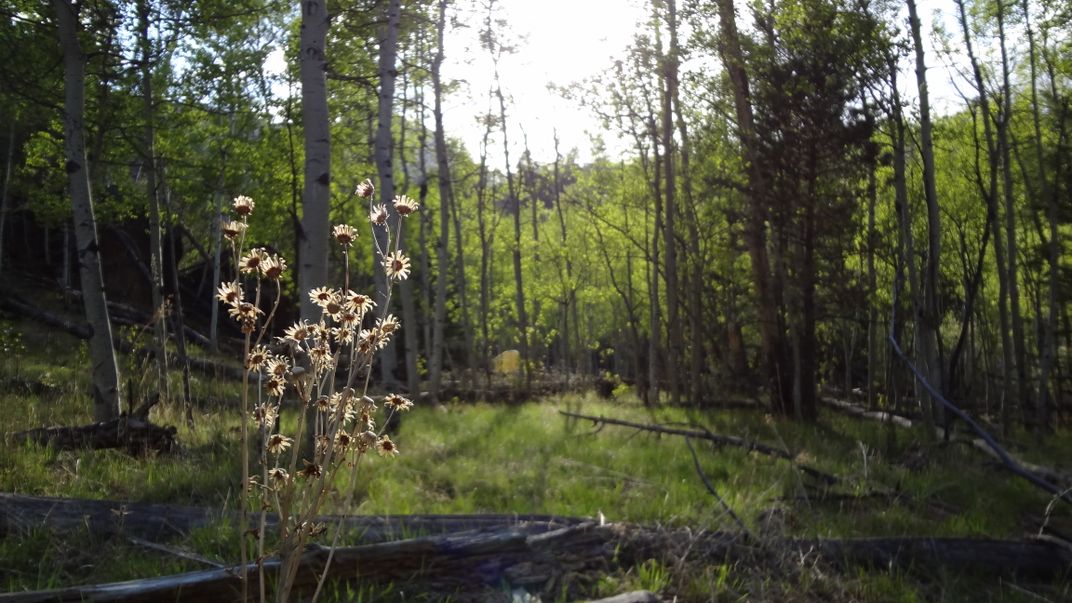Lost Creek Wilderness
Bighorn sheep, spectacular rock formations, alpine foothills
Location: Colorado
Size: 119,790 acres
Year Designated: 1980
Fast Fact: Lost Creek was once one of the last refuges for American Bison.
Despite its proximity to Colorado’s bustling capital city (visitors can get from Denver to Lost Creek Wilderness in 45 minutes), Lost Creek Wilderness still maintains an isolated, wild feel, thanks in part to its sheer size, measuring nearly 120,000 acres. Set against a backdrop of three different mountain ranges (the Kenosha Mountains, the Platte River Mountains and the Tarryall Mountains) the area ranges in altitude from 8,000 to 12,400 feet. Within the wilderness area, black bears, elk, longhorn sheep and bobcats all thrive.
Though the area is bordered by mountains, Lost Creek’s geology is somewhat unique for Colorado, featuring rounded granite domes and knobs, beautiful granite arches and split boulders—some of the most fascinating rock formations found in the Rocky Mountains.
In 1892, The New York Times ran an article about the killing of bison in Lost Park, an alternate name for Lost Creek. According to the article, the herd in Lost Creek was “probably the largest now running running wild in the United States outside of Yellowstone National Park.” At the time, the herd was composed of 25 mature adults. Today, there are no longer bison in Lost Creek, though the animals lend their name to Bison Peak, the tallest peak in Lost Creek (at around 12,400 feet).
